Kinh Bac Urban Development Corporation (KBC) has just announced an explanation for the difference in the audited financial statements for the first 6 months of 2025, with brief information: KBC recorded after-tax profit in the first half of the year according to the consolidated report increased by nearly 539% over the same period, equivalent to an increase of nearly VND 1,055 billion to nearly VND 1,251 billion.
This is a rare profit growth in the stock market in the first half of 2025.
However, Kinh Bac Urban Development, chaired by Mr. Dang Thanh Tam, recorded a loss of more than VND314 billion in after-tax profit in the first two quarters of the year according to its separate report (parent company), much higher than the loss of more than VND91.7 billion in the first half of 2024.
It can be seen that the profit and loss in the two reports are completely opposite.
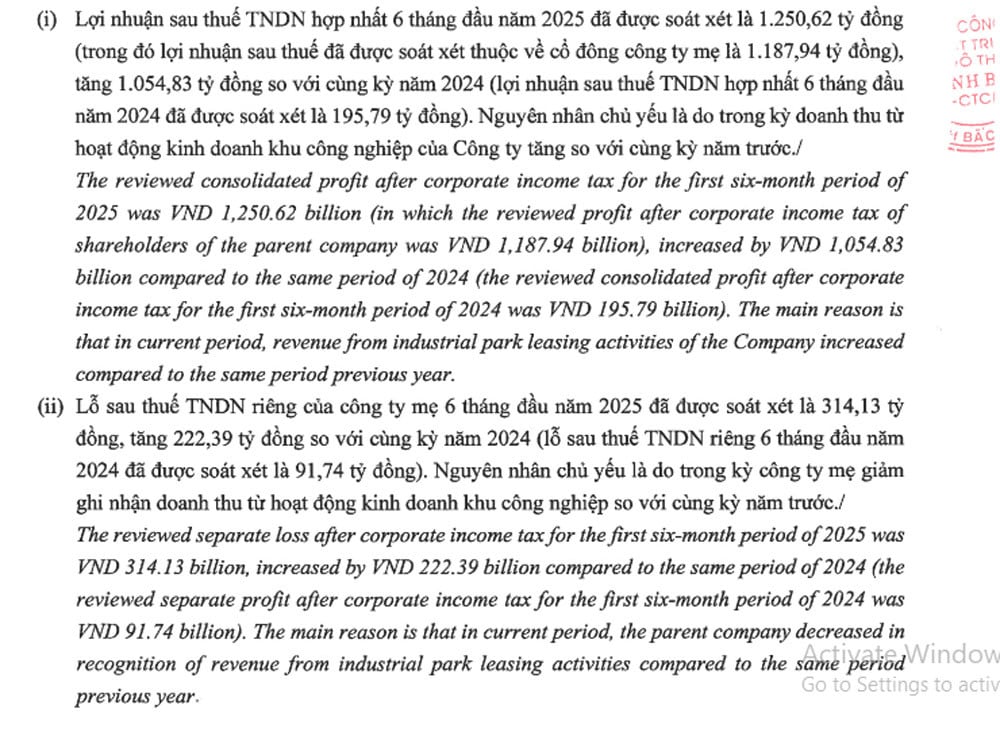
In the explanatory report signed by Mr. Pham Phuc Hieu, Deputy General Director of KBC, a leading industrial real estate enterprise in Vietnam, it was said that the reason after-tax profit according to the consolidated report increased nearly 6.4 times, to 1,251 billion VND, was because revenue from the company's industrial park business activities increased compared to the same period last year.
The business results reported in separate reports were more severe losses because "during the period, the parent company reduced revenue recognition from industrial park business activities compared to the same period last year".
Thus, in the individual report, revenue decreases because it is transferred to be recorded at subsidiaries in the consolidated report. Revenue can be recorded at subsidiaries, associated companies...
However, it is worth noting that consolidated revenue increased at a very strong rate, while revenue reported individually declined.
Specifically, revenue in the first 6 months of the year according to the consolidated report increased more than 3.5 times, from more than VND 1,044 billion in the first half of 2024 to nearly VND 3,696 billion in the first half of 2025. This is also the reason for the 6.4-fold increase in consolidated profit.
Of which, the strongest increase is in land and infrastructure rental revenue: from nearly VND 531 billion in the first half of 2024 to nearly VND 2,830 billion in the first half of 2025. In addition, real estate transfer revenue also increased sharply from VND 225 billion to more than VND 411 billion. Factory sales revenue increased from VND 0 to nearly VND 133 billion.
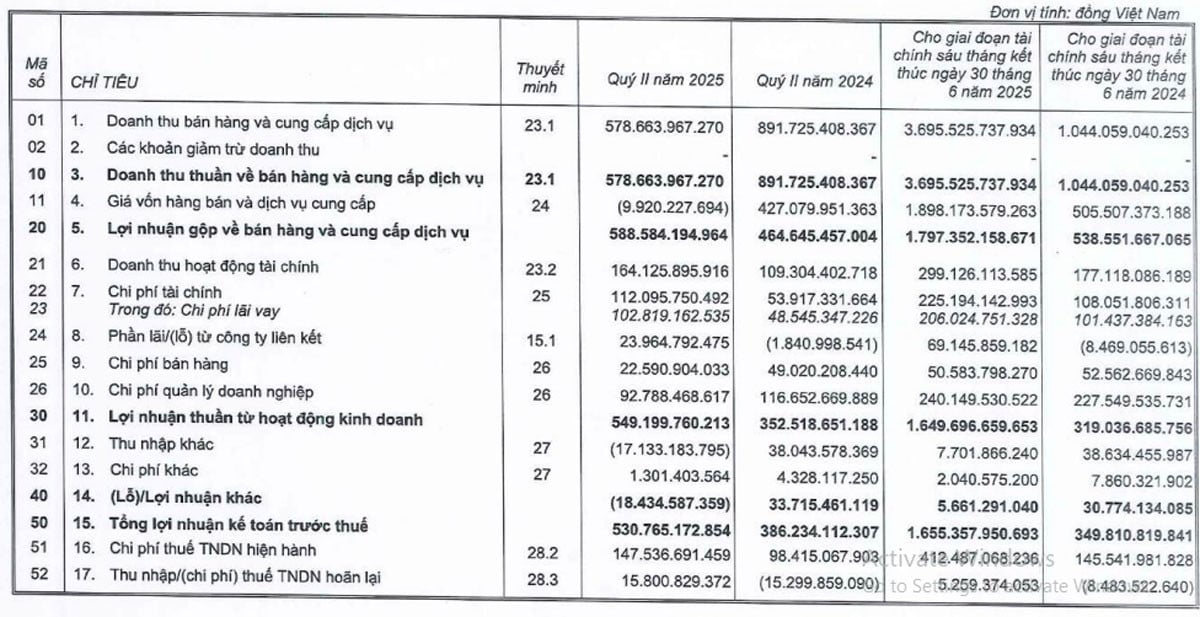
Meanwhile, according to separate reports, revenue in the first half of 2025 dropped sharply from more than VND279 billion in the same period last year to more than VND90 billion. The main reason for the decrease was that in the first half of 2025, land rental revenue was 0 VND, while in the same period it was more than VND204 billion.
Negative cash flow of nearly 7,200 billion, debt skyrocketing
In the consolidated report, despite recording a surge in profits, in the first 6 months of 2025, Kinh Bac Urban Development recorded a negative operating cash flow of nearly VND 7,200 billion.
Negative operating cash flow indicates that the business has actually been operating but has not yet collected money, or has spent more than it has collected. This often occurs when receivables, inventories increase, or interest and operating expenses are large. This phenomenon often occurs in businesses that are expanding rapidly, or have not yet balanced their cash flows.
In fact, the consolidated report shows that KBC's assets skyrocketed from VND 44.7 trillion at the beginning of the year to more than VND 70.3 trillion at the end of June 2025. The increase in assets was mainly in cash and cash equivalents (increased from more than VND 6,566 billion to more than VND 18,139 billion), prepayments to sellers increased sharply (from more than VND 3,500 billion to nearly VND 6,360 billion), and inventories increased sharply (from nearly VND 13,850 billion to more than VND 23,761 billion).
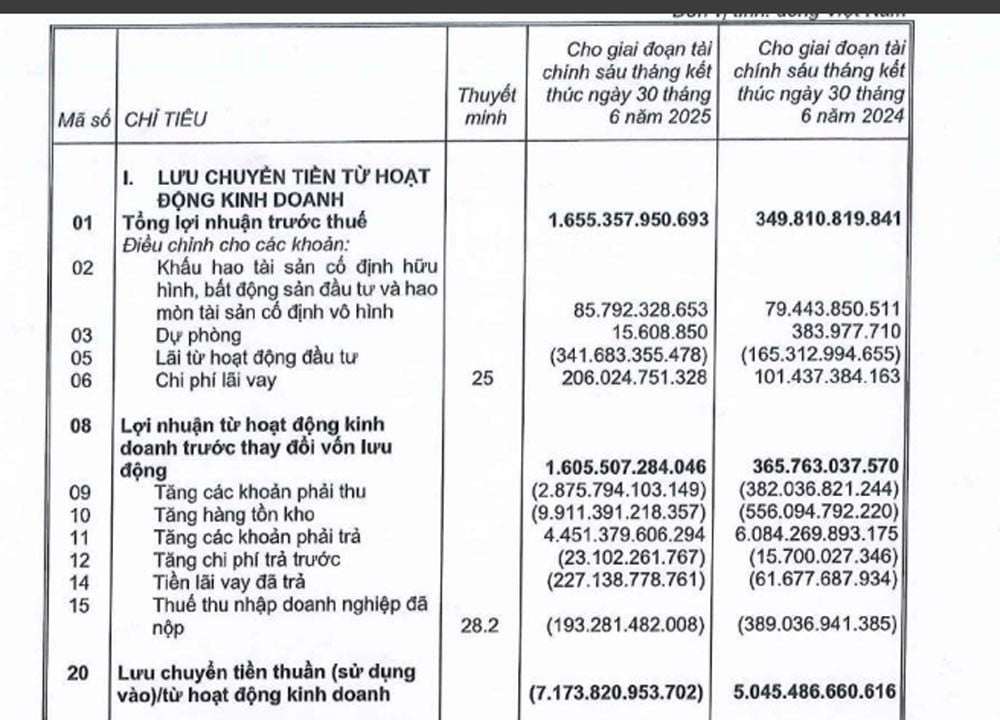
Thus, KBC is increasing the investment in projects and production and business activities at a speed much higher than the speed at which it collects money.
So where does KBC get the money to compensate for the increase in assets worth more than 25.6 trillion VND?
In fact, the capital source comes from about 5,000 billion VND of additional equity capital during the period (from more than 20.6 trillion VND at the beginning of the year to nearly 25.7 trillion VND). Total liabilities increased sharply from nearly 24.1 trillion VND to more than 44.6 trillion VND, of which short-term debt increased from nearly 7,093 billion VND to more than 12,217 billion VND. Long-term debt increased from more than 16,992 billion VND to nearly 32,388 billion VND.
Total long-term and short-term debt as of the end of June 2025 reached nearly VND 26,074 billion (of which long-term debt was more than VND 25,109 billion), compared to VND 10,112 billion in short-term and long-term debt at the end of 2024.
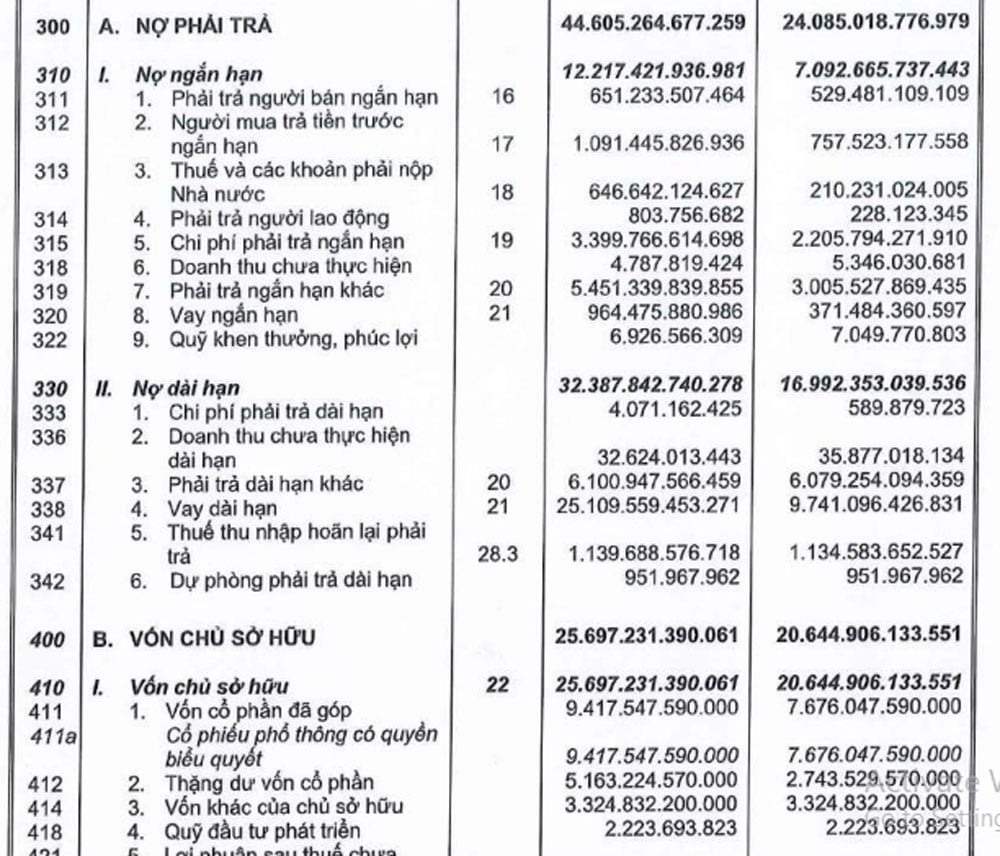
Thus, it can be seen that in the first 6 months of the year, KBC borrowed more than 15,960 billion VND, and at the same time increased its equity by about 5,000 billion VND. This is the source of funding for an additional 25.6 trillion VND in assets.
During the period, KBC recorded an increase in short-term receivables from VND13.3 trillion to over VND16.6 trillion. Inventories increased from over VND13.8 trillion to nearly VND23.8 trillion. Interest expenses increased from over VND101 billion to over VND206 billion. Inventories are mainly located in real estate projects under implementation such as: Trang Cat Urban and Service Area, Loc Giang Industrial Park, Phuc Ninh Urban Area...
It can be seen that the negative operating cash flow is mainly due to increased receivables and increased inventories. When the business has not yet collected money, KBC may have had to rely on borrowed money, leading to a sharp increase in interest rates.
With debt skyrocketing by nearly 16 trillion VND, this will be pressure on businesses in the coming time.
KBC shares have recently fluctuated strongly, hitting the ceiling for 3 sessions from August 18-20 to a multi-year peak, then falling sharply by nearly 5.3% in the session on August 25 to VND38,650/share.

Source: https://vietnamnet.vn/cong-ty-ong-dang-thanh-tam-lam-chu-cich-gap-dieu-hiem-co-ap-luc-16-000-ty-2435999.html



![[Photo] General Secretary To Lam, Secretary of the Central Military Commission attends the 12th Party Congress of the Army](https://vphoto.vietnam.vn/thumb/1200x675/vietnam/resource/IMAGE/2025/9/30/9b63aaa37ddb472ead84e3870a8ae825)
![[Photo] Solemn opening of the 12th Military Party Congress for the 2025-2030 term](https://vphoto.vietnam.vn/thumb/1200x675/vietnam/resource/IMAGE/2025/9/30/2cd383b3130d41a1a4b5ace0d5eb989d)
![[Photo] The 1st Congress of Phu Tho Provincial Party Committee, term 2025-2030](https://vphoto.vietnam.vn/thumb/1200x675/vietnam/resource/IMAGE/2025/9/30/1507da06216649bba8a1ce6251816820)
![[Photo] President Luong Cuong receives President of the Cuban National Assembly Esteban Lazo Hernandez](https://vphoto.vietnam.vn/thumb/1200x675/vietnam/resource/IMAGE/2025/9/30/4d38932911c24f6ea1936252bd5427fa)
![[Photo] Panorama of the cable-stayed bridge, the final bottleneck of the Ben Luc-Long Thanh expressway](https://vphoto.vietnam.vn/thumb/1200x675/vietnam/resource/IMAGE/2025/9/30/391fdf21025541d6b2f092e49a17243f)








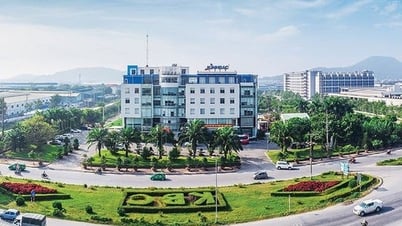



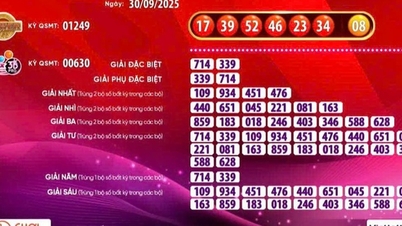

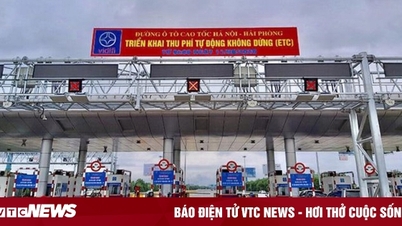

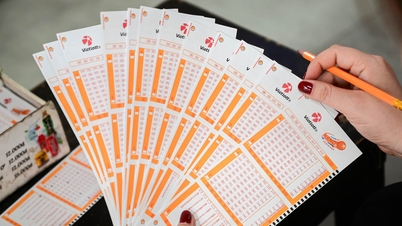








































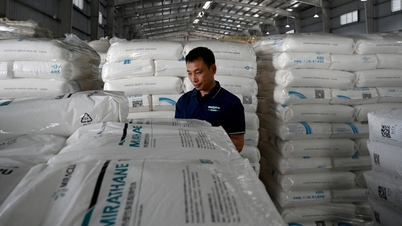

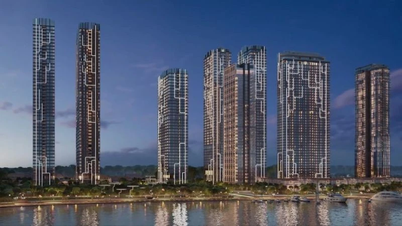
















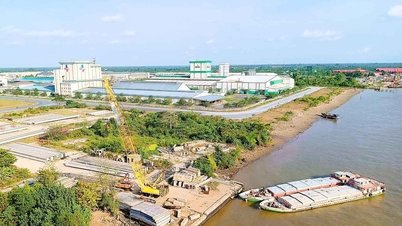


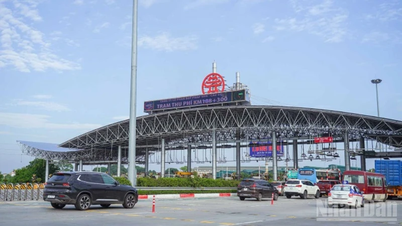
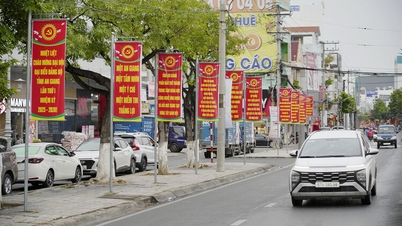















Comment (0)